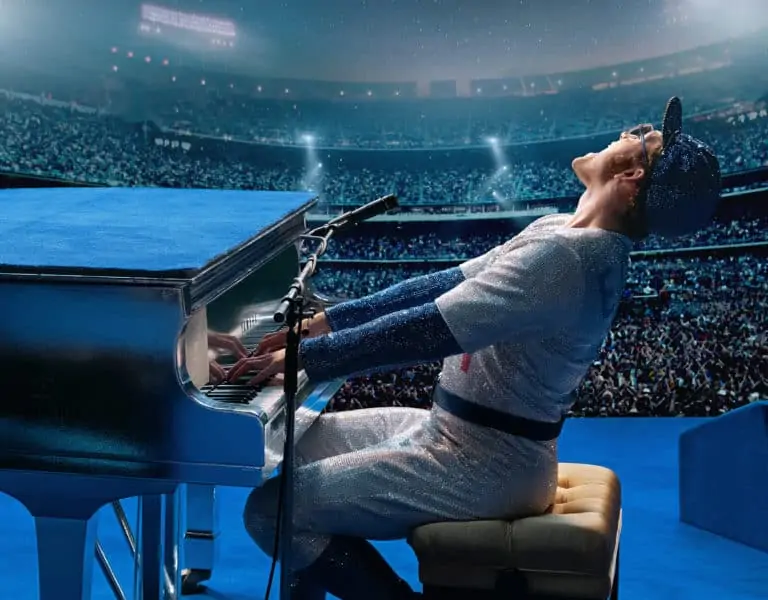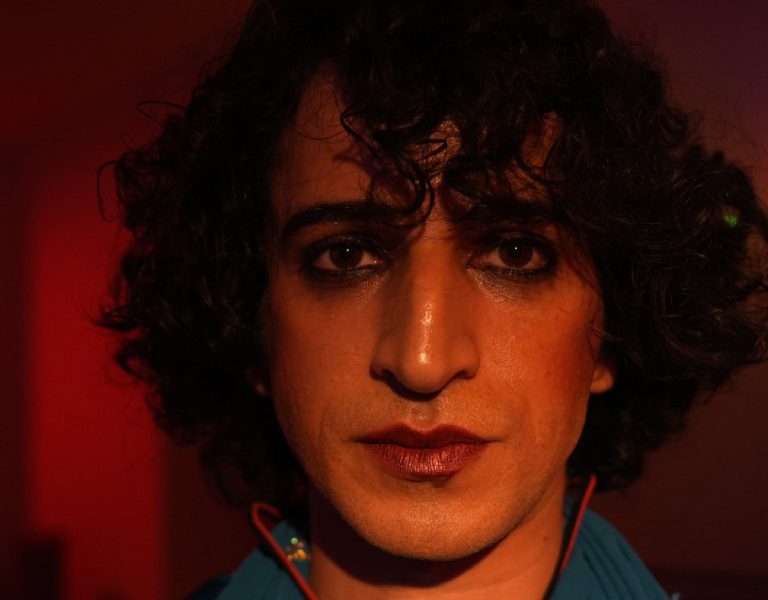TOP OF THEIR GAME
Cinema and video games both influence and borrow from each other. Gaming has incorporated many filmic styles and looks, while films have used tropes that started out in game domains. They have also attempted to bring popular characters from those worlds to the big screen (Mario, Sonic, Lara Croft et al). The latest video game-inspired film, Free Guy, merges the cinematic action, science fiction and comedy genres with gaming conventions.
In Free Guy the titular Guy (played by Ryan Reynolds, who also co-produced) is a non-player character (NPC) who becomes self-aware and is able to navigate his own path in the game Free City. Action takes place in both the game and real life, which called for cinematographer George Richmond BSC to create distinct looks for each.
Richmond first met Reynolds when he was ‘A’ camera/Steadicam operator on Safe House (2012, DP Oliver Wood). They stayed in touch and when Reynolds signed on to Free Guy, he put Richmond’s name forward as cinematographer and introduced him to director Shawn Levy. “Shawn definitely wanted to find out if I was the right fit for the job,” he says, “with the original brief being how to photographically and visually decipher the Real World and the Game World.”

At their second meeting, Richmond proposed shooting Game World on large format ARRI Alexa 65 in spherical look mode. “The idea was that it would shoot very wide and keep all the verticals straight, with very little distortion,” he explains. “This was a nod to video games, which are very clean looking. As a contrast, I pitched the idea of shooting the Real World in regular 35mm anamorphic but on digital with a Super 35 chip and a two-times squeeze anamorphic.”
In this way Richmond aimed to give a visual signature to both worlds. To go with the Alexa 65, he tested two sets of Panavision lenses: System 65 and Sphero 65. “Both are older glass, have a softer feel and are more cinematic,” he says. “That helped fight against the Game World look being too sharp. We settled on the Spheros because of the way they handled the veiling glare of the hot skies against buildings.” Lenses for Real World were Panavision G Series anamorphics on Alexa Minis. “The Real World was shot on slightly longer lenses than Game World with two-times anamorphic squeeze and a lot more active camera using handheld.”
This technique worked alongside loose heads on dollies and Steadicam to produce shots that “move but weren’t perfect” to further differentiate Real World from Game World. Hardware to create the more flawless look of the game included what Richmond describes as “traditional camera platforms”, including Technocranes and dollies.

“We tried to do very little handheld and very little Steadicam – although we did use some – to try to make it perfect,” he says. “We also had ideas about using robot arms for certain sequences to give a real nod to that first-person look you find in video games. The camera often moves in a very angular way. When you’re stopping a pan, it doesn’t have a soft stop, it just stops. We used a Motorized Precision KIRA robot arm for a couple of the sequences.”
The two worlds also have identifiable colour looks. The original idea, which did sustain, was to make Game World more colourful and saturated, while Real World is not as warm with “a tiny bit” left in the blacks. The colourist was Skip Kimball at EFILM in Los Angeles, who produced a LUT that Richmond could adjust during prep. “Essentially, I had the same LUT for Game World and the Real World and we made variations of contrast in it. The flatter one I used for the Real World, the contrasty one for the Game World. As we were going along on a day-by-day, shot-by-shot basis, I would make small CDL [colour decision list] tweaks and small colour temperature adjustments on the camera to the looks.”

The lighting plan was similarly designed to distinguish the worlds, with more colour separation in Game World. “In the game company offices in Real World we took the practicals on the desks and the ceiling fittings, which were all LED, and made them daylight at 5600K,” Richmond says. “We were on the third floor of the building, and we had real daylight coming through the windows, so I tried to flatten the colour separation in the Real World as another technique to separate the two realms. An interesting feature was an 80×40 helium sun swat we used to control the light on one of the difficult locations in Downtown Boston.”
The locations in the East Coast US city proved problematic, with the production “chasing the light” around what Richmond describes as cavernous streets bordered by tall buildings: “It was difficult because from one moment to the next you’ve got streets that are in full shadow with bright backgrounds and then, within minutes, the sun will pop out from behind a building on the other side and the set would be bathed in hot sunlight and tricky to match. We were shooting there through the spring and summer of 2019 and spent a lot of time recceing Downtown to work out what angles to shoot at what times of day.”


Richmond credits the crew – including gaffer Frans Wetterings lll, key grip Frank Montesanto, camera operator Peter Rosenfeld and First AC Eric Swanek – as helping him deal with these conditions and achieve the aims of his shooting plan. Part of this was to evoke the style of video games, despite not being a gamer himself. “My 12-year-old son Dash is a Fortnite player, so I had some experience from watching him playing a first-person shooter game,” Richmond says. “We had references from other games, including Grand Theft Auto, but we tried hard not to copy anything specifically because we were trying to make it our own.”

















